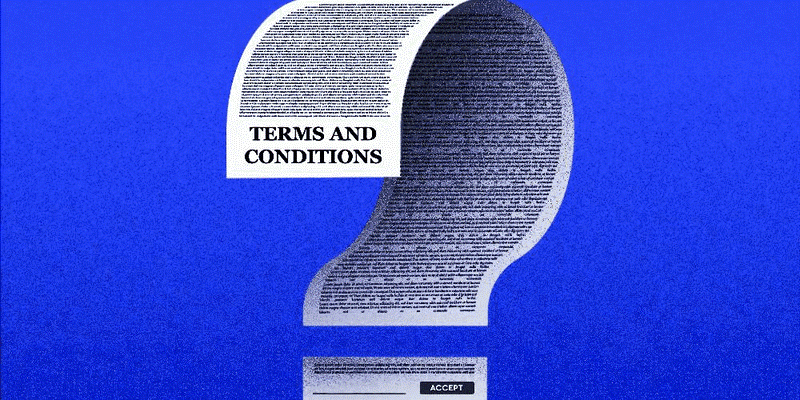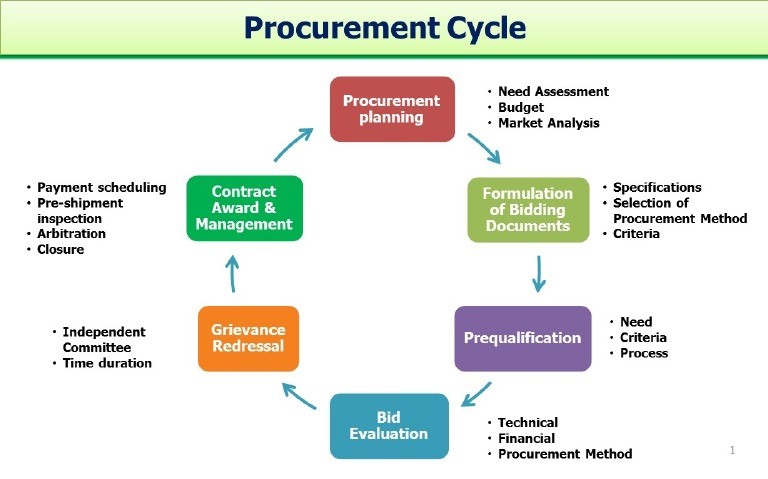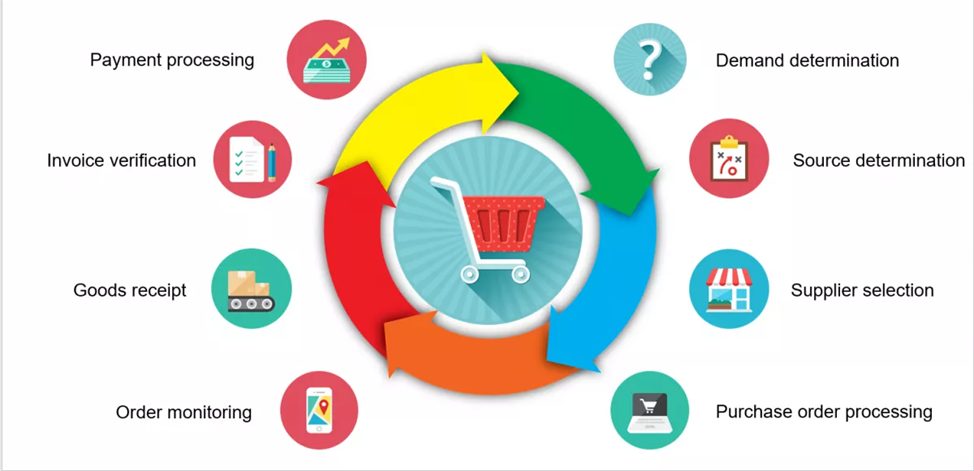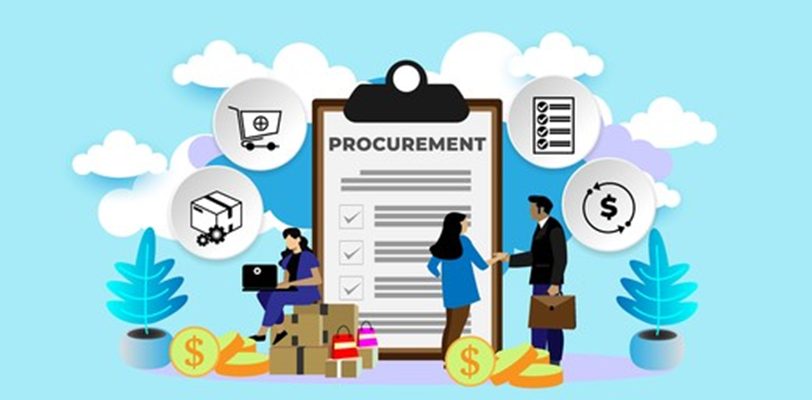It would not be wrong to call 2020 the year of “uncertainty” and recession. Things went down the hill for every small-scale start-up, B2B company to a multinational firm. However, as soon as things started to go back to normal, 2021 called for adaptability. Adapting to the social media norms, e-commerce trade and e-commerce logistics have become crucial for survival. Similarly, the process of sourcing and procurement has gone through a drastic online paradigm. People are now struggling to be a part of the e-commerce world to reap the benefits of a lucrative international marketplace.
The symbiotic relationship between sourcing and procurement portrays their importance in supply chain management and logistics. Procurement encompasses the entire process of the supply chain, from acquiring the supplies, gathering the suppliers, handling all the documentation and payments. Whereas, sourcing comes under the broad umbrella of procurement. It is the step before the purchase of the goods. Whichever the case, supply chain logistics is a job that needs to adjust to the emerging trends while overcoming the complexities of the process that is riddled with challenges. And to do so, every organization has to adopt a strategic process plan.
Gone are the days when people have to travel miles and for days to get the things they want, because there was no other way of communication or “ordering the supplies”. However, in this millennial era, the conventional trading methods are passé. Internet and online marketplace has empowered the retailers to trade from one part of the world to the other, without the need of being physically present there. Virtual presence and contracts do the job effectively.
As sourcing and procurement ensure a functionally stable supply chain, it will take some time to bandwagon the emerging trends and solve the uncertainties. Therefore, it is essential to understand the process and adapt to the post-Covid19 norms.
A Strategic Sourcing Plan – What Is the Need?
In this tech-savvy world, doing business has become challenging. Moreover, if you succeed in implementing a strategic process plan while throwing the challenges out of the window, the outcome is nothing but rewarding and profitable. Artificial intelligence (AI) tools and digitization with innovative technologies have altered the needs and want of the customers, to which the businesses have to adapt. Big Data analytics, automation, AI can all contribute to a fruitful sourcing and procurement cycle.
Even before the Covid-19 pandemic chaos, the challenges in the sourcing and procurement process were upheaved by natural disasters, geopolitical problems, and several other issues. It is crucial that maximum ROI is generated with every penny that you spend. From enhancing your market performance, grabbing a big chunk of market share, modernizing supply chain management to cutting profitable deals at low cost can help your business grow in the e-commerce market.
The best way to stay ahead of the competition and diligently solve the challenges, a strategic sourcing and procurement process plan that can do wonders. For high profitability, maximum efficiency, and accelerated business growth you have to think smartly from day one.
Investing in certain areas can solve many long-term problems such as a definitive procurement solution, recruiting the best experts for the strategic sourcing team, pitching deals to improve supplier relationships, investing in technology, and finding ways to optimize the entire sourcing and procurement cycle.
In order to execute profitable sourcing and procurement system, every business, regardless of its type and size, must follow and fulfill the basic process-planning requirements.
- Identifying the need for products and services
Before the company starts drafting a process plan followed by a procurement contract it is essential to assess the organization’s needs. Once the need for specific products or services has been listed down, the next step is to do the market research and hunt down the best supplier that can deliver high-quality goods. The need for the item should be justified before the process plan is curated. Look for the answers for the following and see if the organization really needs the suggested product or service.
- The department that requires it
- The use and outcome of that item for the organization
- Can they complete the project without it?
- Research, select and finalize the vendor
The vendor contributes to a major chunk of the supply chain while building and implementing the process plan. The procurement team should be diligent in finding a reliable and trustworthy vendor without breaking the bank. The vendor should fulfill the order requirements in the given time cycle. While selecting the vendor the manager or team should consider the following:
- Punctuality of the vendor
- Quality of the products or services
- Total cost
- Delivery time
- The reputation of the vendor in the market
- If they are open for negotiations and discounts or not
After you get your vendor, assess the risks and then start with the purchasing order cycle, based on the strategic plan for sourcing and procurement.
The Process Plan for Sourcing and Procurement
Before you blend into the emerging trends and roll up your sleeves to tackle the shortcomings, it is important to re-assess the entire process plan for sourcing and procurement. If there are loopholes in your strategies, no trend will ever help you survive in the market.
Online or not, the process of sourcing and procurement is complicated and involves a series of different stages. This is why; the process plan has to be curated in a fail-proof way, especially if you are opting for the e-commerce route. The process should be based on a systematic approach that any company or organization could utilize to optimize and upgrade their supply chain logistics. The process is not only about the cost, the approach should focus on acquiring the resourceful materials and services as per the quantitative and qualitative needs of the organization at a good value.
Firstly, list down the organization’s needs. Moreover, decide whether you want to source products locally or internationally. Once you are done deciding, create a factual plan that ticks the following:
- The products and services align with the business needs and will prove to be beneficial as per the strategy
- The souring and procurement process is flexible and can implement without disrupting the planned timeline
- The process plan should assess potential risks, failure rates and discern possible solutions
- Effective measurement of the process plan results to see if it meets the key milestones
Essential steps in a sourcing and procurement plan
The process plan for strategic sourcing and procurement is beyond the negotiations with the suppliers for a lower cost. The strategy should include assessing the demands for the supplies, the legal aspects of the process, specifications, operational and functional practices.
While curating a procurement strategy, consider the following steps:
Step 1: Assess the requirements
To source the products and services the organization should assess the requirements. In this step, either the employee or the internal user deciphers the need of the company and conveys them to the sourcing and procurement services section.
The product requirements can be assessed for:
- Materials: raw or manufactured
- Product components
- Finished products
- Equipment required
The service requirements can be assessed for:
- Freight and logistics
- A way of handling and discarding hazardous waste (handlers)
- Computer and technology programmers for a lucrative e-commerce
- Service contractors, negotiators, suppliers
Step 2: Analyzing the requirements
There must be a reason that an organization requires a certain product and service or a situation that has driven the need. Based on the requirement assessment, this step analyzes the entire operational process. From specification analyses to the purchase requisition, every claim on the order must include:
- The date, day, and time on which the organization or a particular department of that organization made an order for a product or service and when they need the delivery. This will encompass the entire supply chain cycle and will help to track the complete requisition.
- A thorough description of the product or the service ordered. Every detail should be included in order to get the supply that fulfills all requirements.
- The plan should discern the costs associated with each step of the purchase requisition. It should include the specification of a complete unit or list down the breakdown of different products and the services ordered.
- A description of the operational process to which should fulfill the requirement at each step.
- The sourcing and procurement process plan should be well documented and signed by authorization so that the legalities can be tackled on time.
Step 3: Strategy and Operational Analysis
It is crucial to ensure proficient working between the users (internal customers) and the suppliers. These steps also include the proper planning of the proper waste management and disposal alongside optimization of value delivery. Even for global e-commerce sourcing and procurement and cross-border trade, the organization should meet the requirements and demands along with every unit of the supply chain.
This step also includes gathering, evaluating, and negotiating with the suppliers. The organization can decide to work with the previous suppliers or can recruit new potential suppliers. Whichever the case, a thorough evaluation of the step includes:
- A supplier that has the latest facilities and equipment with an ability to meet the fluctuation market demands.
- The supplier should have a well-established internal process.
- When dealing with online sourcing and procurement the supplier should have a highly functioning information system to track the supply chain and ensure timely deliveries.
- The supplier should excel in all aspects of management.
Step 4: Implementation of the Strategy
After curating an effective strategic process plan and assembling an expert procurement team, it is time to implement the plan. The implementation process requires an automated, mobile-friendly, optimized solution with centralized data management. As important as it is to build an effective process plan, it is necessary to gather the right tools to track the progress of the sourcing and procurement strategic cycle. It will enable the organization and the supplier to ensure timely delivery with the right products or services requisite.
Guided buying, online and automated processes, reduction of the repetitive tasks can enable efficient implementation. Furthermore, it can aid in training the new staff and upskill the oldies, a win-win for your organization. Implementation strategy should be flexible enough to adjust smoothly with the seasonal work-related changes. The best way to execute a profitable implementation plan is to use the digital tools and take a robust approach while considering the following:
Learning and Training Period: The staff should be educated and trained about their relevant roles in supply chain management. They should be well aware of the use of digital tools and, different ways to combat unforeseen technological errors to ensure a functioning sourcing process plan.
Implementation Period: New processes, updates, technological tools should be implemented as per the requirements. If any part of the process plan needs some changes due to weather conditions, supplier problems, or geopolitical disasters, the implementation should be executed accordingly.
Review Period: It is essential that after implementing a new process and strategy, the progress and outcome should be reviewed to assess the profitability and workability. Then once the purchase requisition is complete, start from point one, in a better way.
In Conclusion
Even though procurement is a broader and more complex procedure than sourcing, both cannot survive if they fail to adapt to the strategic process plan in 2021 and the upcoming years. Furthermore, the future of trade and procurement relies on e-commerce platforms. Expanding the business into the international e-marketplace is the need of time.
Driving finances and profitability is the main aim of sourcing and procurement, however, the value that such organizations deliver should be beyond that. As Covid-19 is already out of the door and with unpredictable supply chain trends on the way, managing the risks and overcoming the challenges should be the main agenda for your organization in the coming years. Bandwagoning the tech-savvy strategies and emerging trends will do no good unless you put a flexible process plan into action that can adapt to the changes in the marketplace.
Predictive modeling, strategic planning, investment in AI tools, and analytics can be beneficial for sourcing and procurement in the long term. The sourcing and procurement process plan should strategically consider every stage of ordering and purchasing the inventory. The success behind a profitable procurement plan calls for maintaining efficiency throughout the supply chain to streamline high ROI generating future projects.
CATEGORY
1 on 1 Dedicated Managers
for Personalized Solutions as your very own dedicated in-house team
CUSTOMER CENTRIC
success for our customers at the heart of every action
Transparent & Trusted
clear cut processes trusted by 2000+ global sellers & brands

Amazon Seller Solutions Providers
servicing Amazon’s Global Sellers across Global Marketplaces







